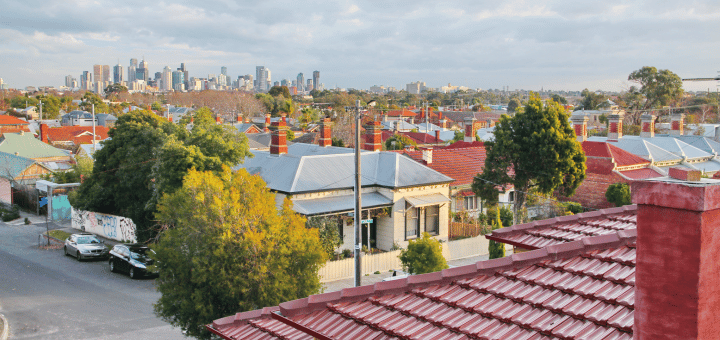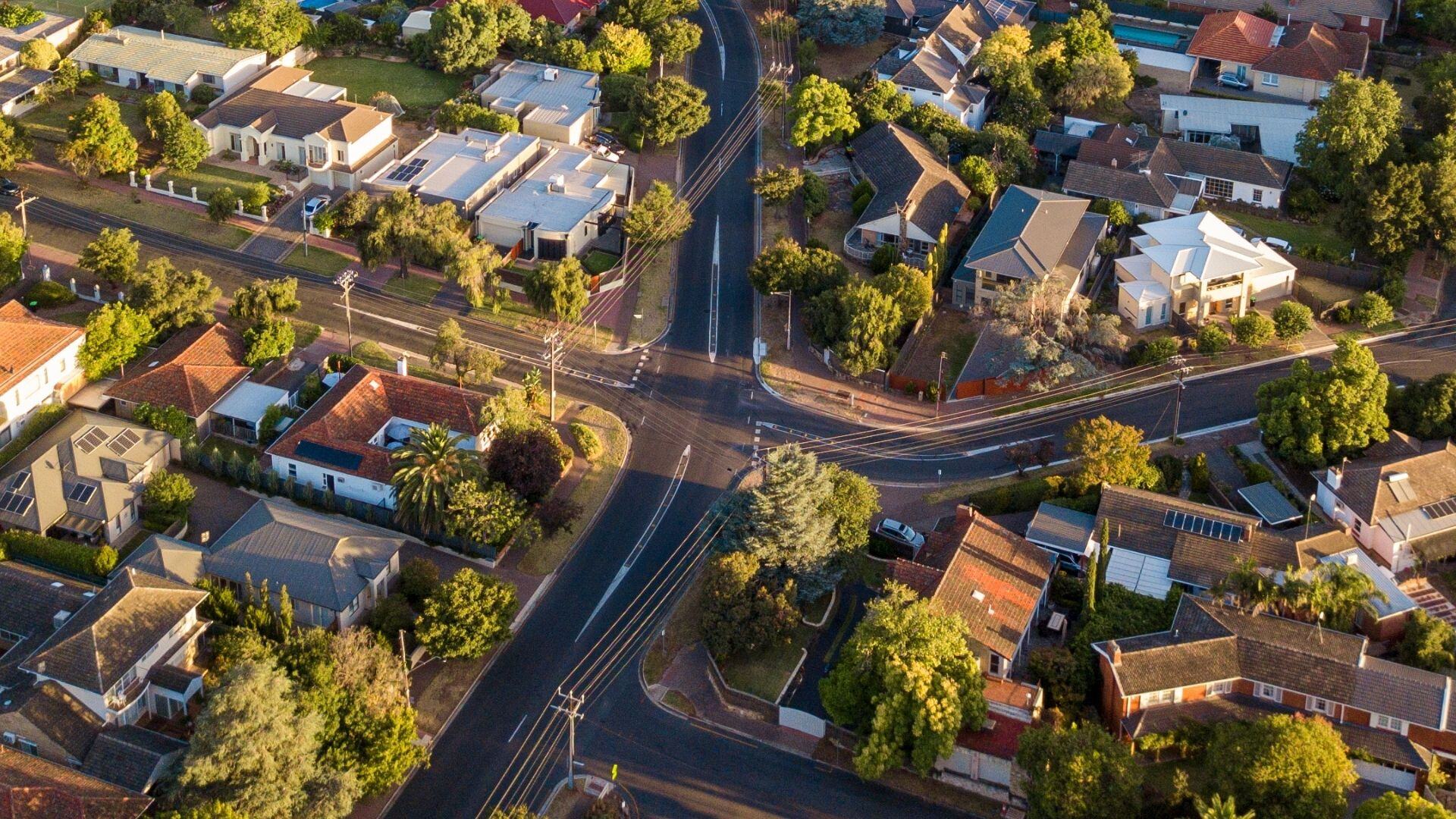Everyone loves a good headline! In this blog, Georgia looks at the nuances of unoccupied dwellings which are sometimes overlooked by media reporting.
With each new Census release, it’s always interesting to see which of the headline findings become the most discussed. This year, unoccupied dwellings seems to have caught the media’s attention. Most of the headlines have been along the lines of ‘More than 1 million vacant homes!’ and, in many cases, suggesting that the number of unoccupied dwellings could be contributing to housing affordability issues.
There are a few problems here. The number is correct – there were 1,043,776 unoccupied dwellings counted for the 2021 Census, equating to 9.6% of all dwellings. However, much of the media coverage made it seem like this was a new thing. In fact, there was a very similar number of unoccupied dwellings counted at the 2016 Census: 1,039,879, representing 10.5% of all dwellings. So the share of unoccupied dwellings has in fact decreased over the past 5 years. (Some of this decrease is due to Covid lockdowns, with people more likely to be home on Census night.)
The second issue with some of these headlines is the replacement of ‘unoccupied’ with ‘vacant’. Unoccupied does not necessarily mean vacant in the sense that someone else could be living in that dwelling – just that the occupant wasn’t home on Census night. People may have been away from home in hospital, travelling (intrastate travel was allowed in some areas at the time) or perhaps stuck interstate or overseas due to Covid restrictions. There are also other reasons dwellings can be unoccupied: waiting for a new owner or tenant to move in, being renovated or awaiting demolition. And then there are the contentious holiday homes and other secondary dwellings. So the moral of the story is – don’t panic unnecessarily about unoccupied dwellings your local area!
So where were these unoccupied dwellings? Are there any areas with high rates of unoccupied dwellings that are surprising? And does their location give any insight into the role they may be playing in affordability?
The 10 LGAs with the highest rate of unoccupied dwellings are:
- Central Highlands, Tasmania (57%)
- Robe, SA (55%)
- Tasman, Tasmania (50%)
- Glamorgan-Spring Bay, Tasmania (50%)
- Dandaragan, WA (46%)
- Yorke Peninsula, SA (46%)
- Gingin, WA (45%)
- Queenscliffe, Victoria (43%)
- Mid Murray, SA (42%)
- Yankalilla, SA (39%)
The majority of these areas are coastal holiday hotspots with lots of holiday homes – though not necessarily attractive for holiday makers in August. All of these areas had high rates of unoccupied dwellings at the 2016 Census, so it’s not a new trend. This isn’t to that there’s no housing crisis in Australia – it’s just that the unoccupied dwellings stats aren’t the best way of understanding and responding to the crisis as a broad approach across Australia. As usual, it’s about understanding the local nuances, and the role and function of different places.
Many popular holiday destinations across Australia, including some of those listed above, are experiencing considerable housing pressures such as a lack of rental stock and rapidly rising prices. It’s been suggested that adding these holiday homes to the long-term rental market would significantly improve housing affordability. It is likely that increasing rental supply in these areas would improve affordability. However, many people may be reticent to use their holiday homes in this way, due to the personal enjoyment they receive from them or the higher incomes possible via short-term rental platforms. Recent media stories have featured Councils who have written to holiday home owners, asking them to list them for rental. Anecdotal evidence suggests that there has been some take up. To understand if this has the desired effect, it will be important to monitor the local rental market over the coming months and years.
.id’s housing.id tool was designed with this sort of monitoring in mind. The tool’s affordability monitor enables Councils to understand their changing housing story and monitor the impacts of new policies and actions. If you’re interested in how this tool could assist you in understanding affordable housing supply in your area, you can get in touch with our housing experts here.









